Option 1. Velcro
Most rug conservators will use velcro as their method of choice for hanging valuable rugs in museums and stately homes. In most cases, this method is recommended for thick blankets, quilts, and rugs, but it’s not suitable for textiles with heavy surface embellishments, such as beads, or thin or fragile textiles, like silk.
Sew a length of muslin or cotton along the top of your rug, and onto this sew the loop side of your Velcro – this will keep the rug protected from any strain from the velcro. Nail a thin plank of wood to the wall where you want the top of the rug to hang, and to this, you can staple or nail the hook side of the velcro tape in a line. For very large rugs, you can use several strips of velcro and wood along the length of the rug to keep it supported.
Option 2. Curtain rod
A curtain rod is one of the most common methods of hanging a rug on your wall, particularly if the rug is heavy and needs more support. A cotton tube casing is sewn onto the back of the rug (preferably by hand if you’re dealing with an antique rug that needs careful handling) and then the curtain rod is inserted. You then mount the curtain rod into two brackets that are secured to the wall. Make sure these brackets are designed to hold the full weight of the rug and the rod together.
You can make this more decorative by extending the curtain rod further out at each side and covering your brackets with ornamental rod ends, known as finials, to make it look more like a medieval tapestry. Alternatively, you could hide the rod entirely by aligning the brackets with either side of the rug to make the rug look as if it’s floating on the wall, which has a more modern look to it.
Option 3. Carpet clamps
Carpet clamps are often used in carpet stores and rug shops to showcase rugs, and this is mostly because it’s one of the simplest processes. Similar to the curtain rod method, you attach a rod to the wall and attach the clamps to this. You then hang the rug from the clamps evenly and check it regularly for any uneven hanging, as this can damage the rug and distort it.












































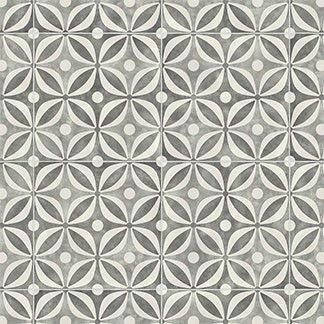
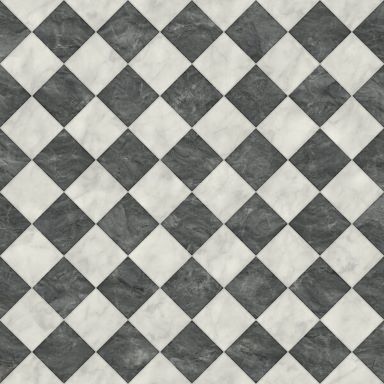













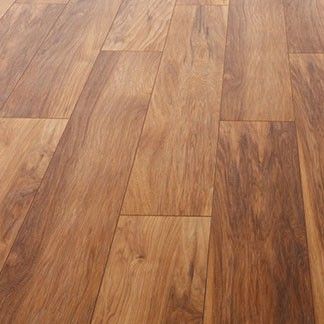
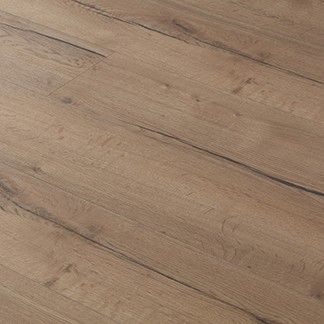


















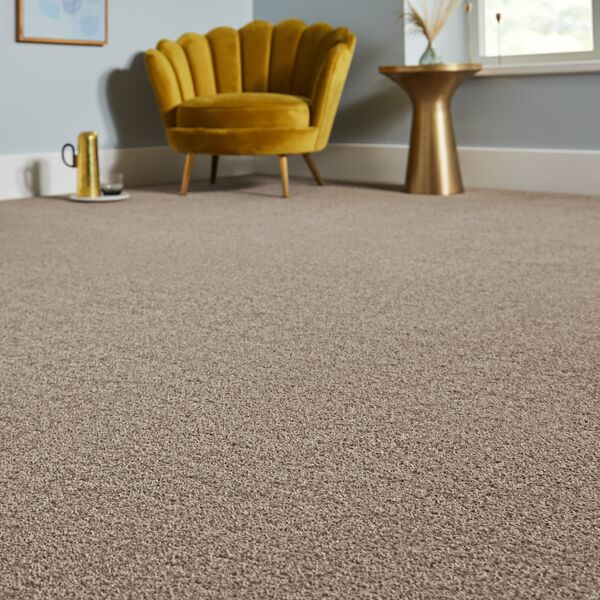
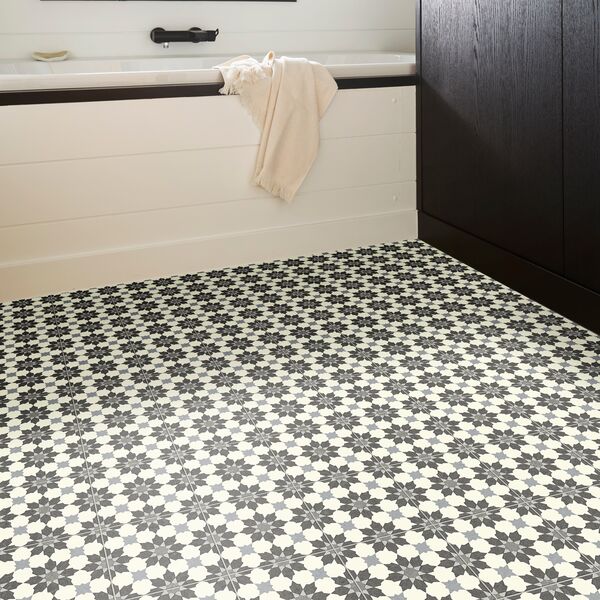
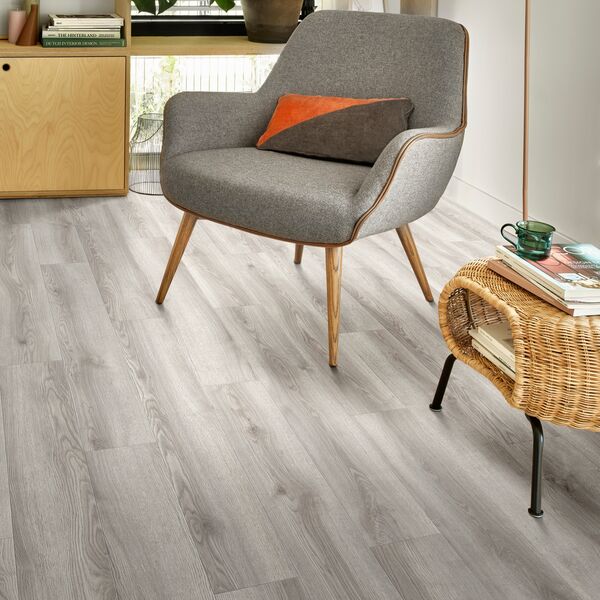

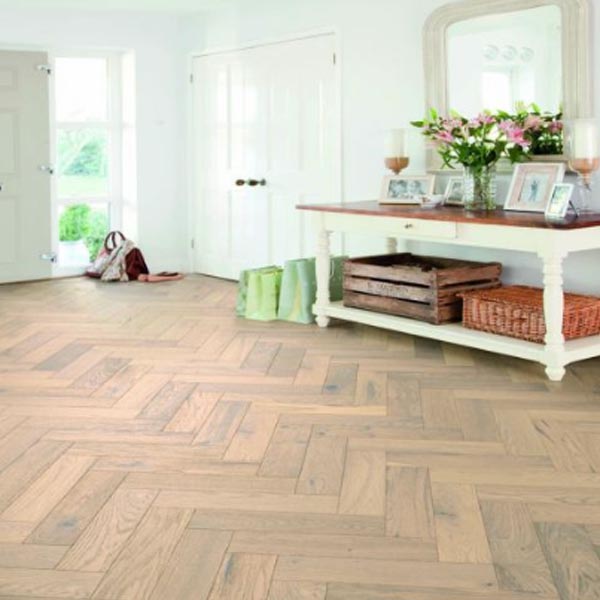


.jpg)
.jpg)
















-250.jpg)






-250.jpg)
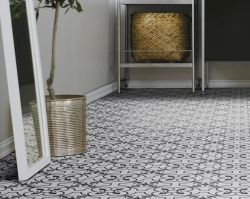

-250.jpg)

 copy-250.jpg)








-250.jpg)
 - Article Image (not header)-250.jpg)

-250.jpg)

-250.jpg)








